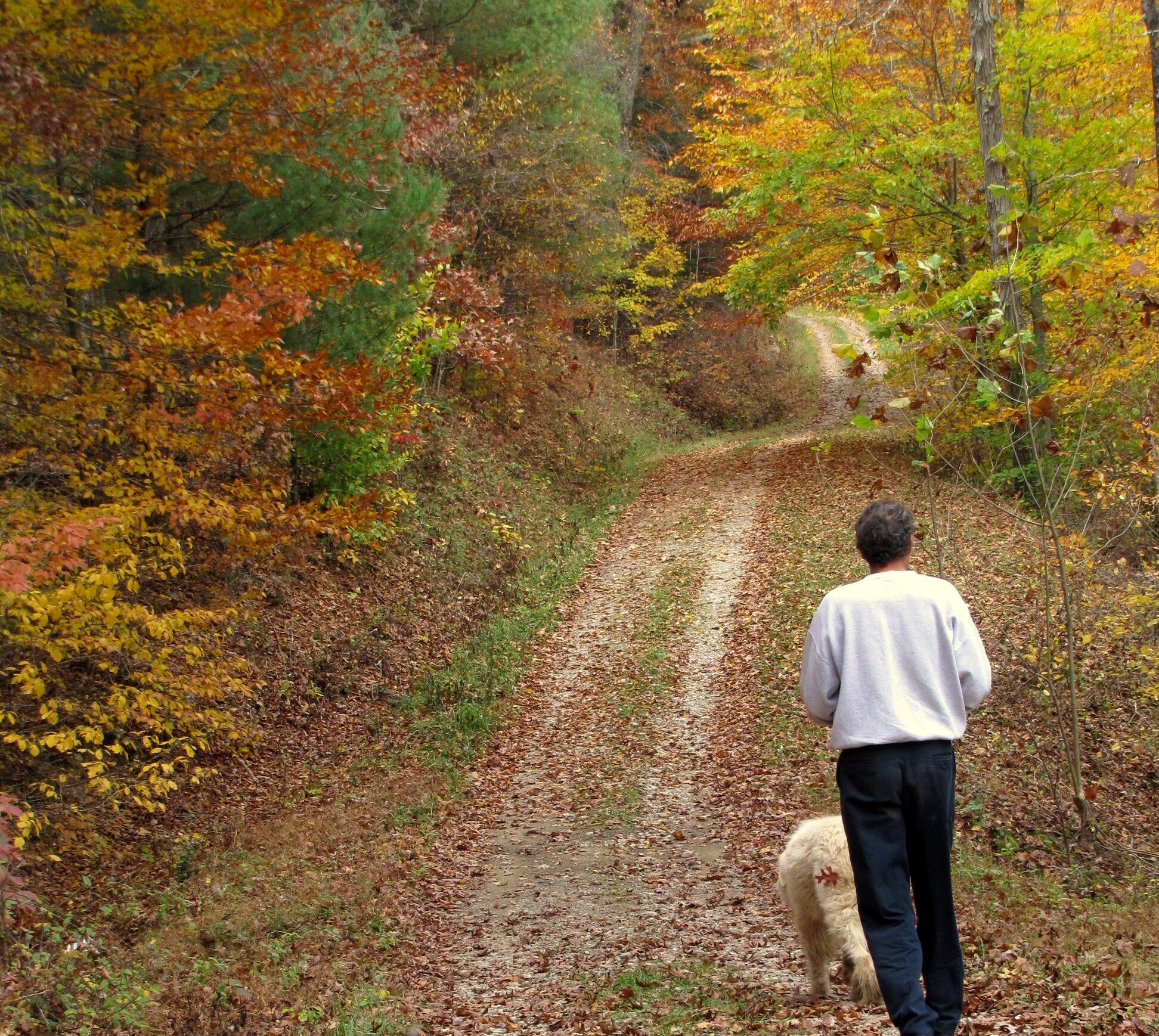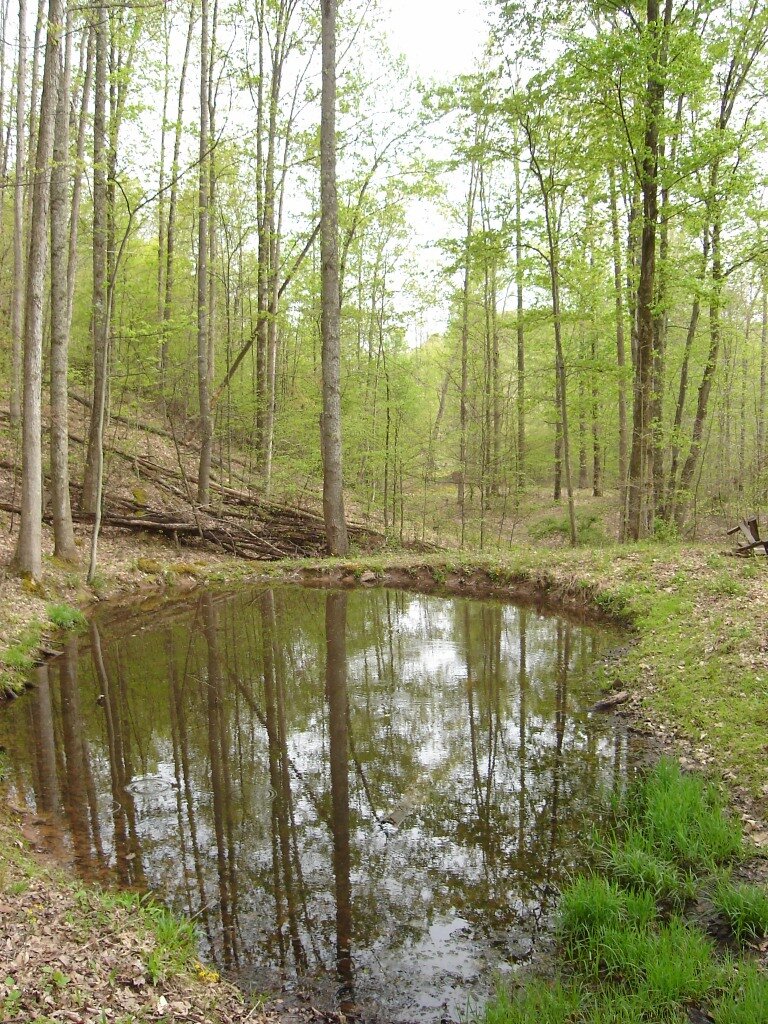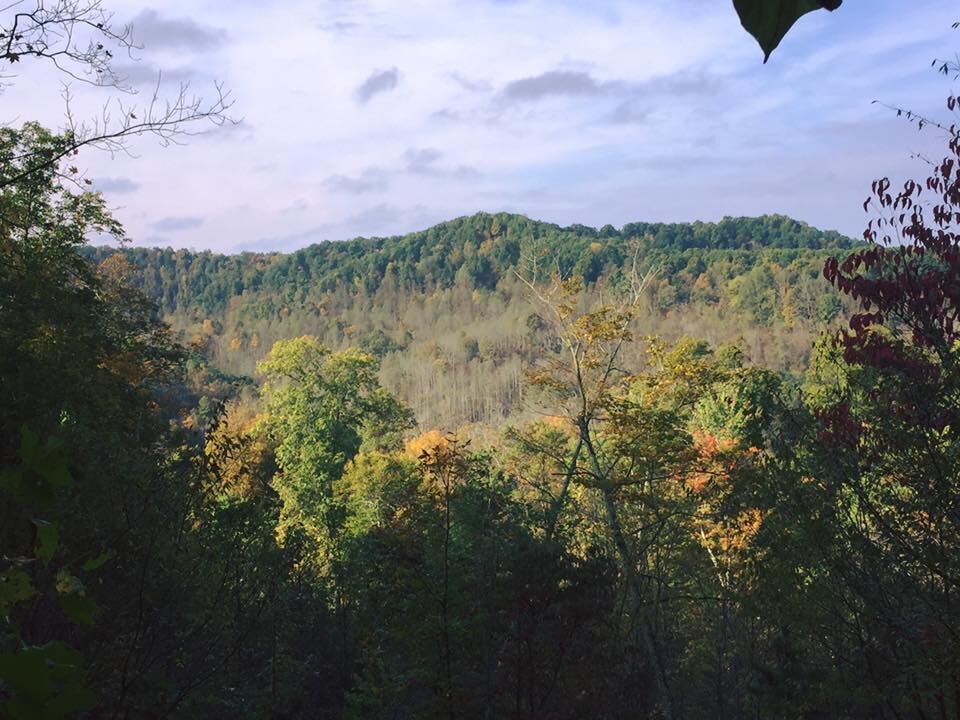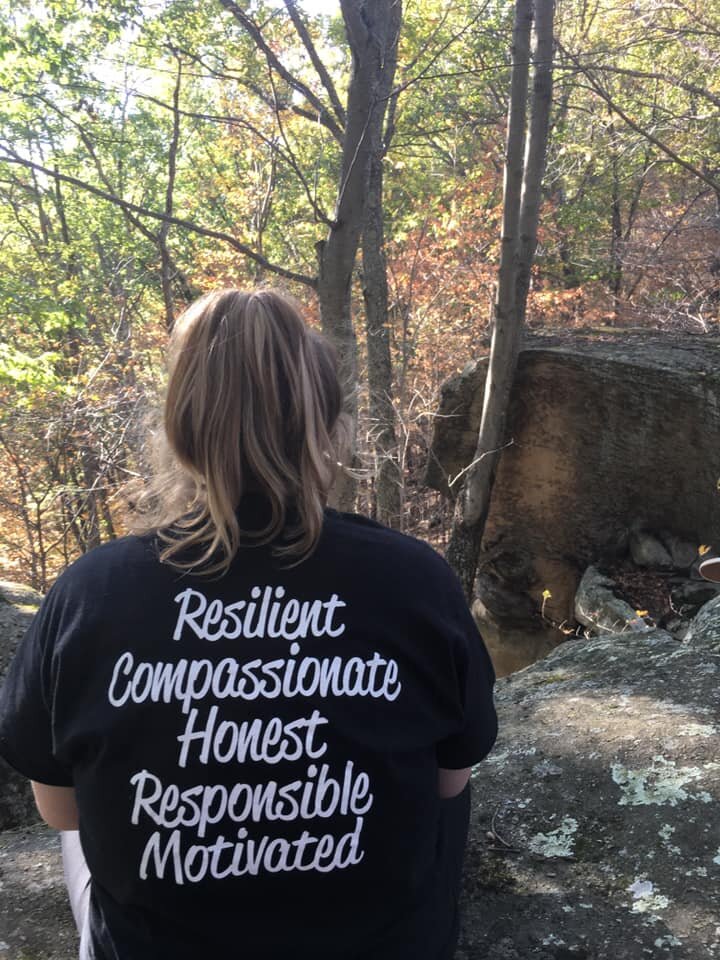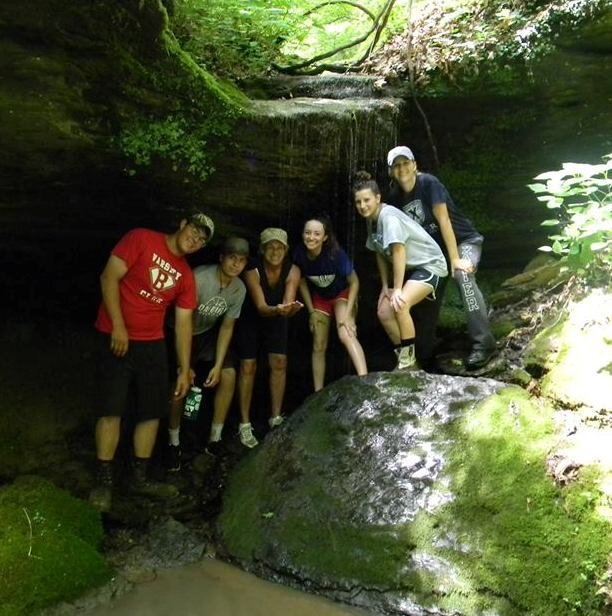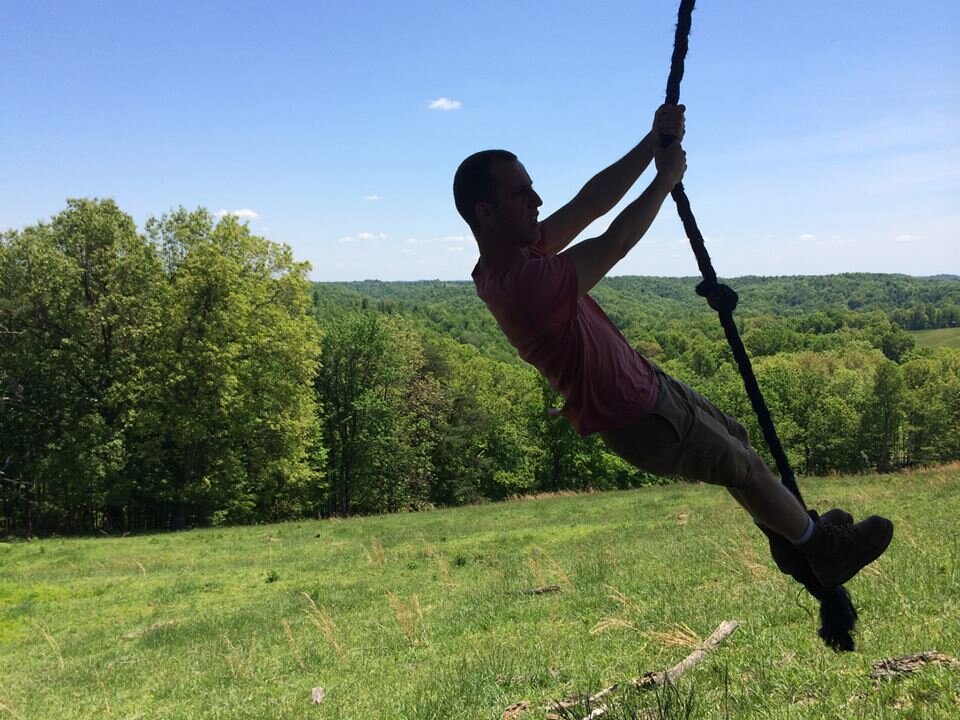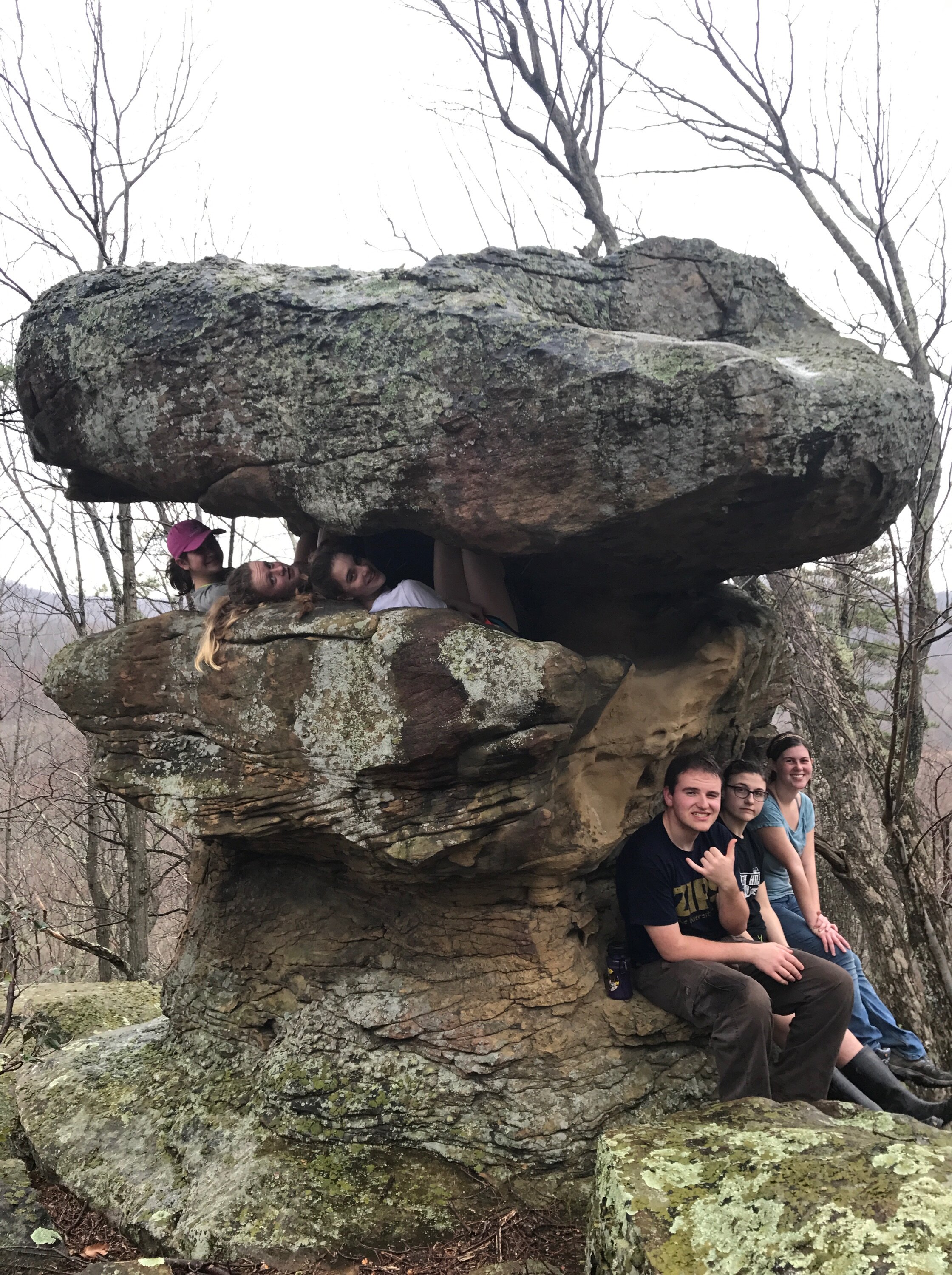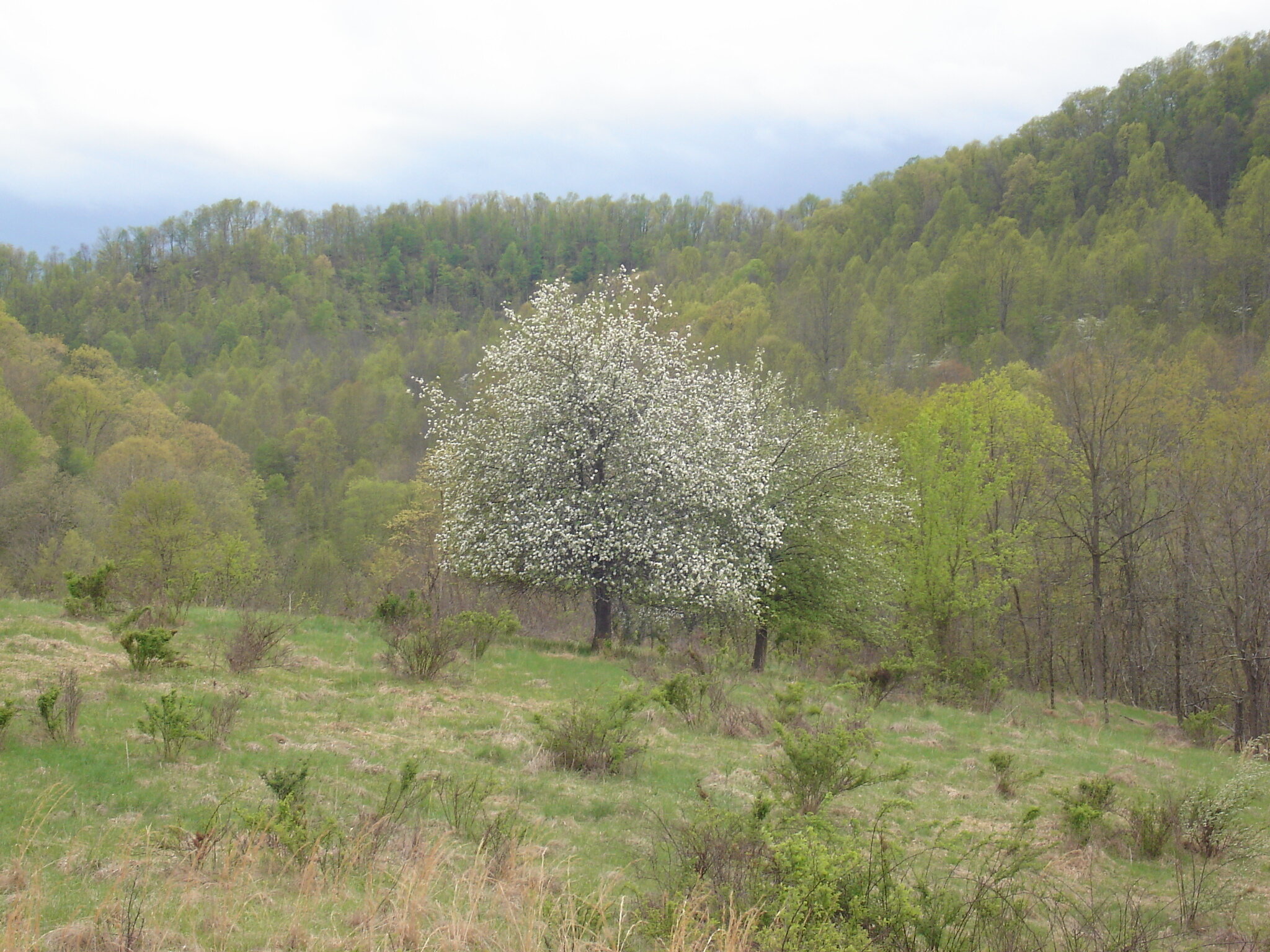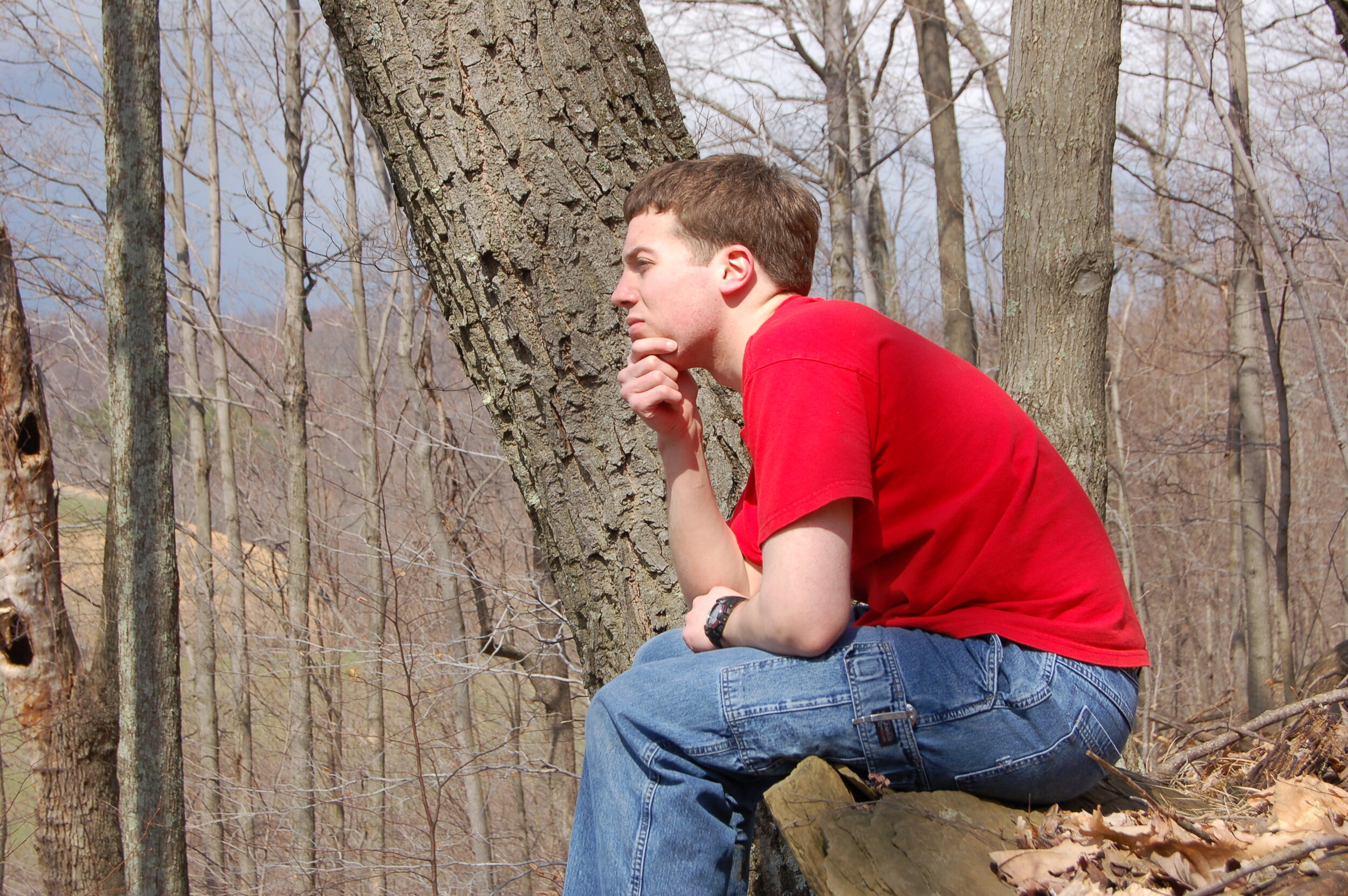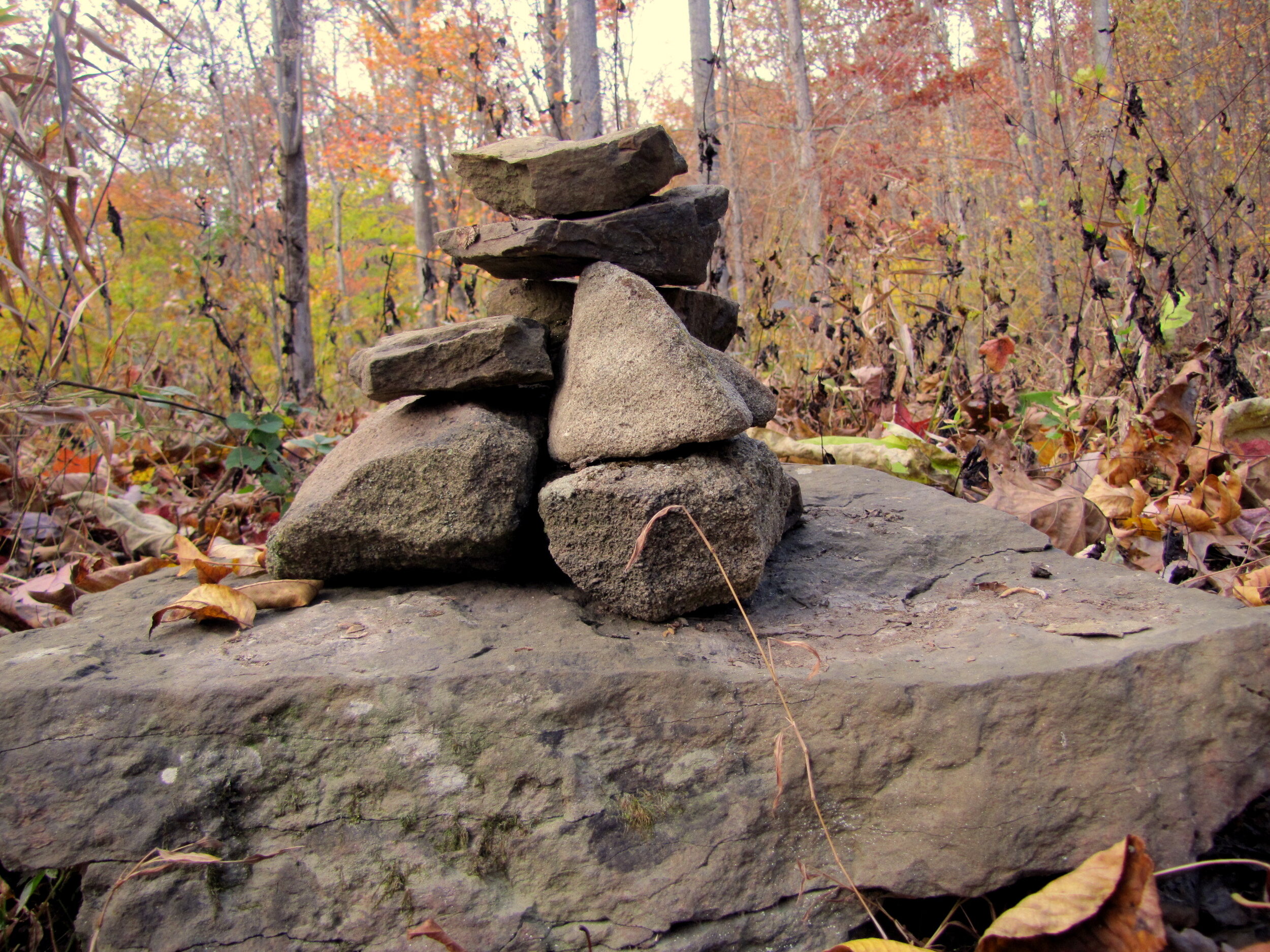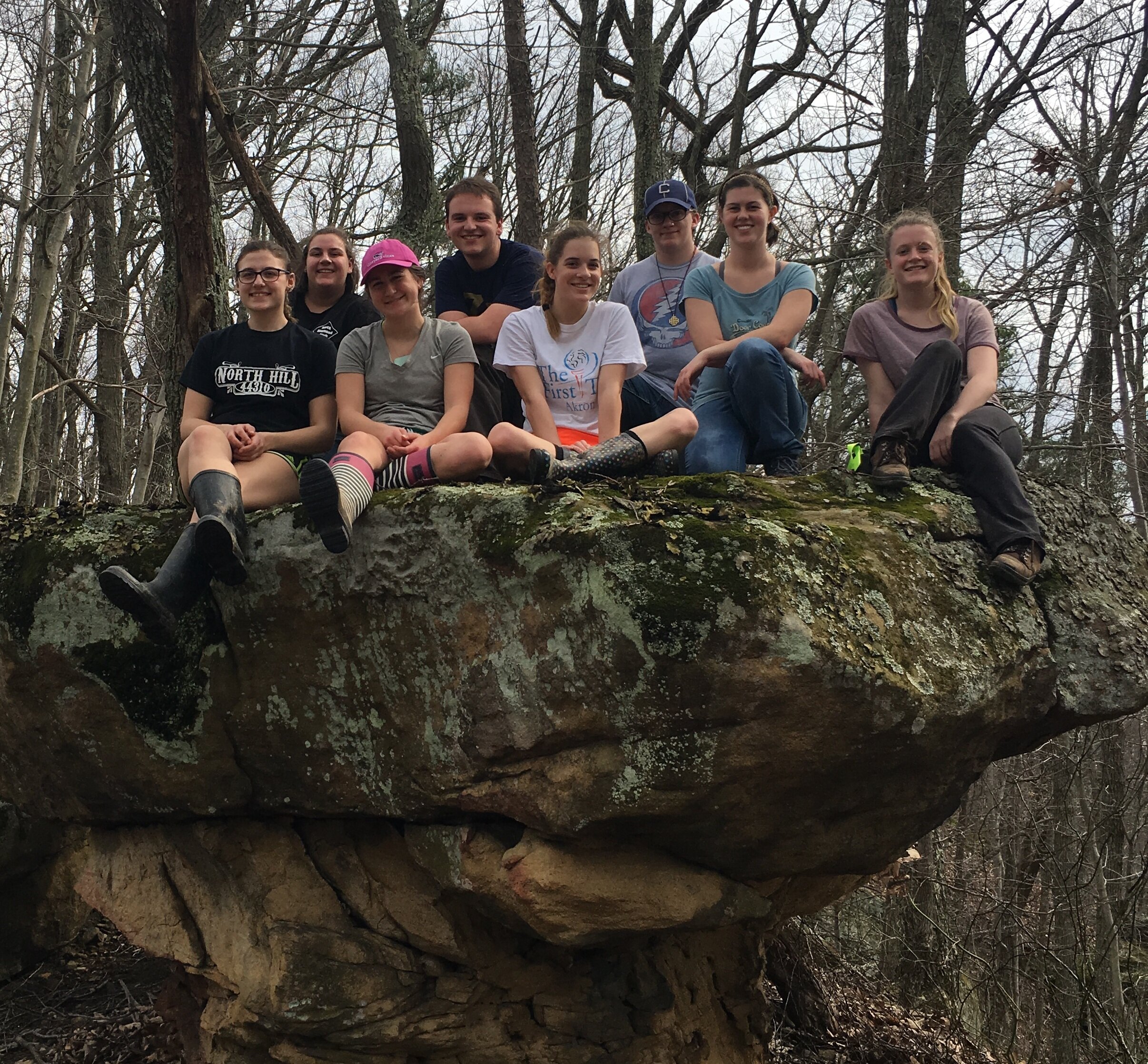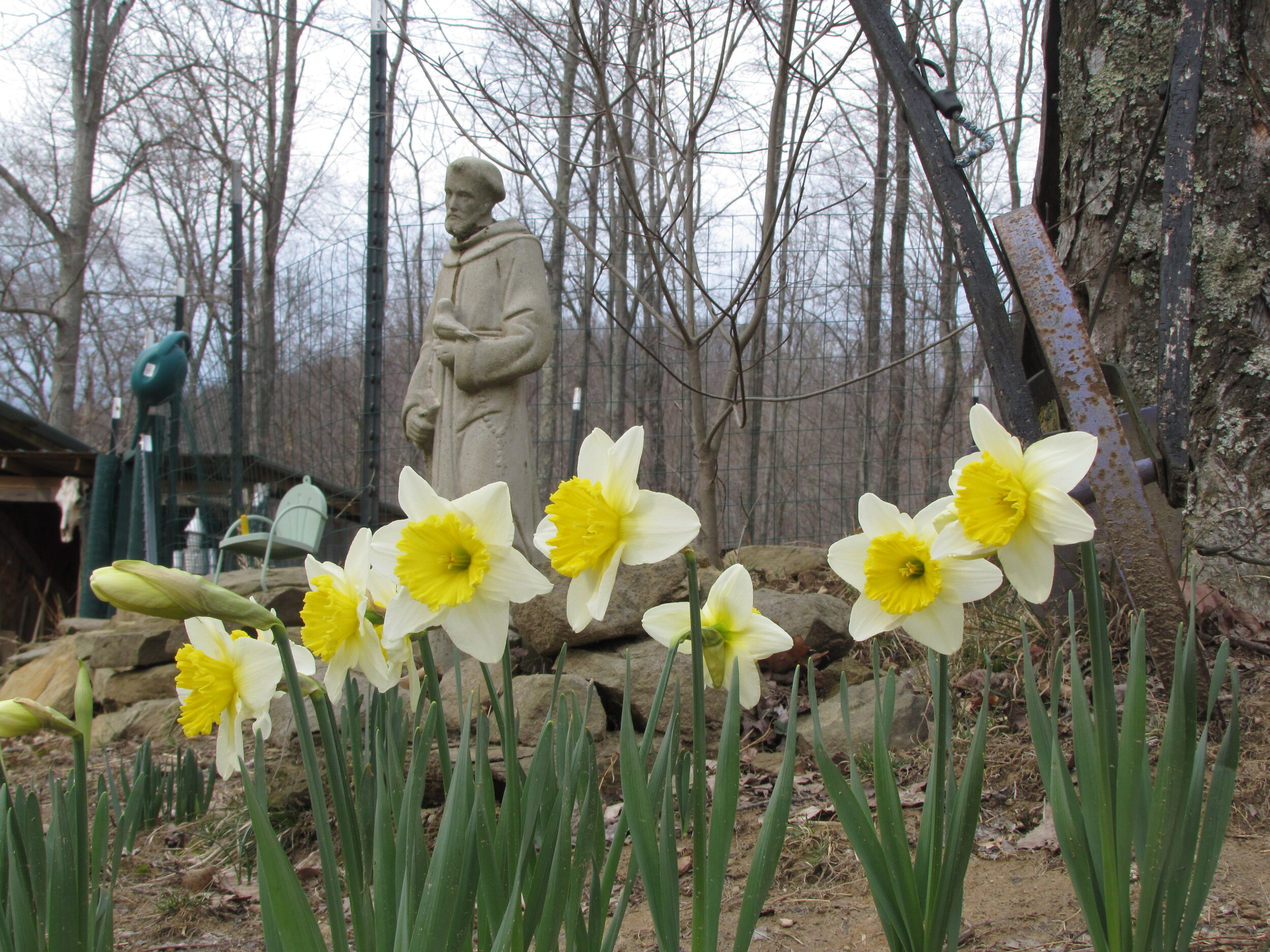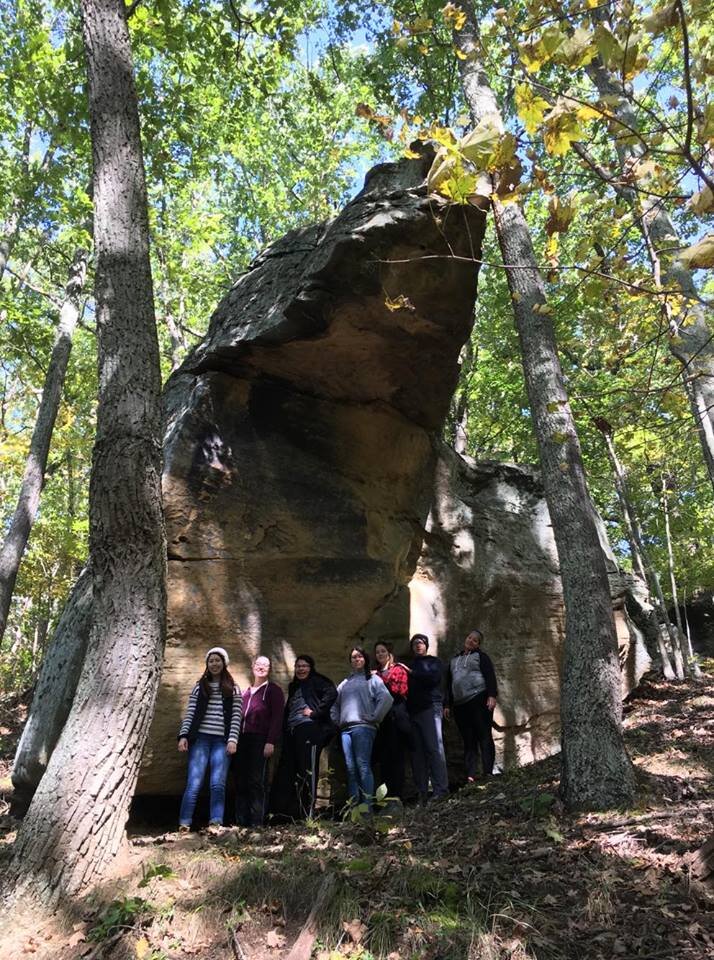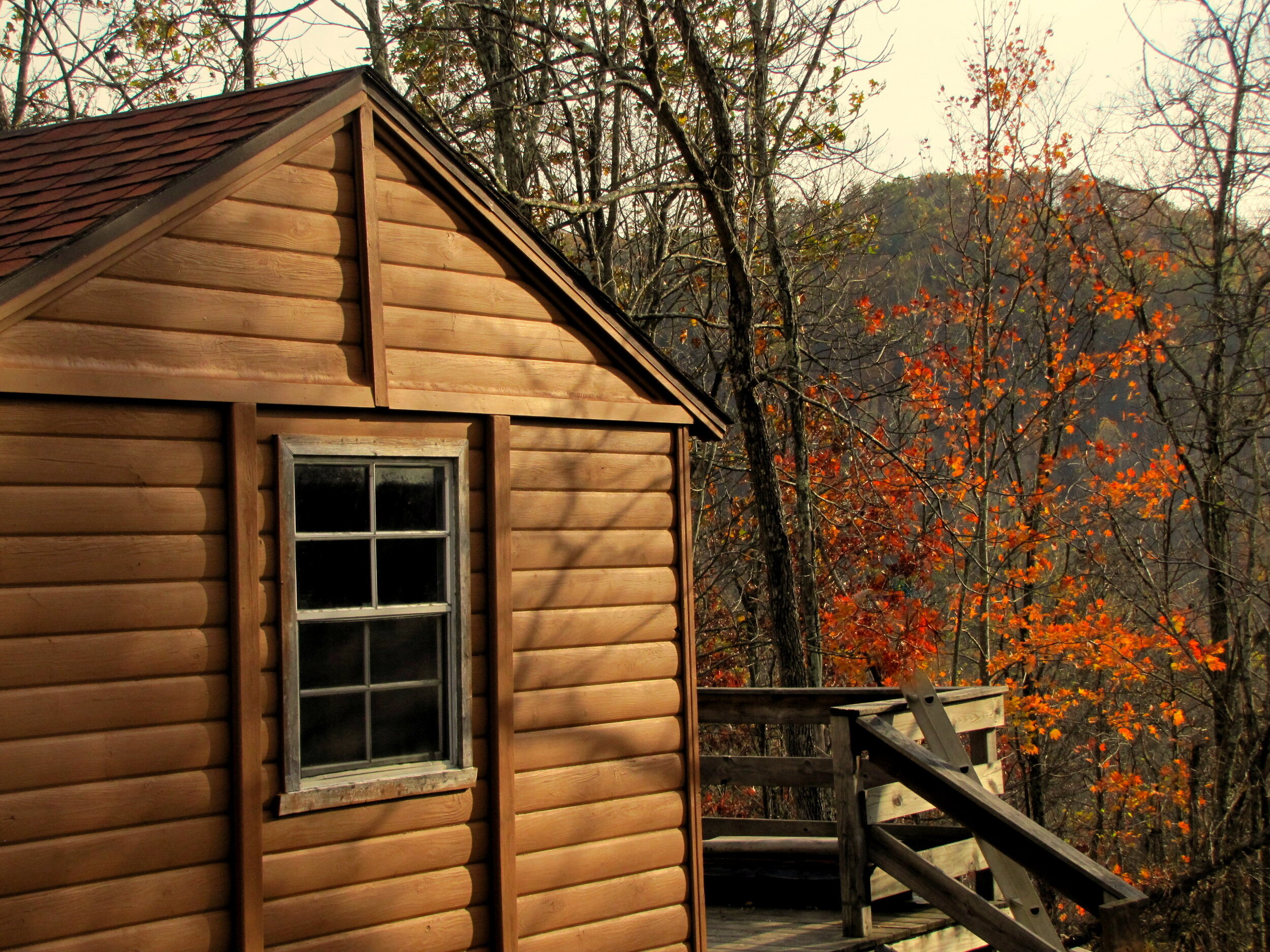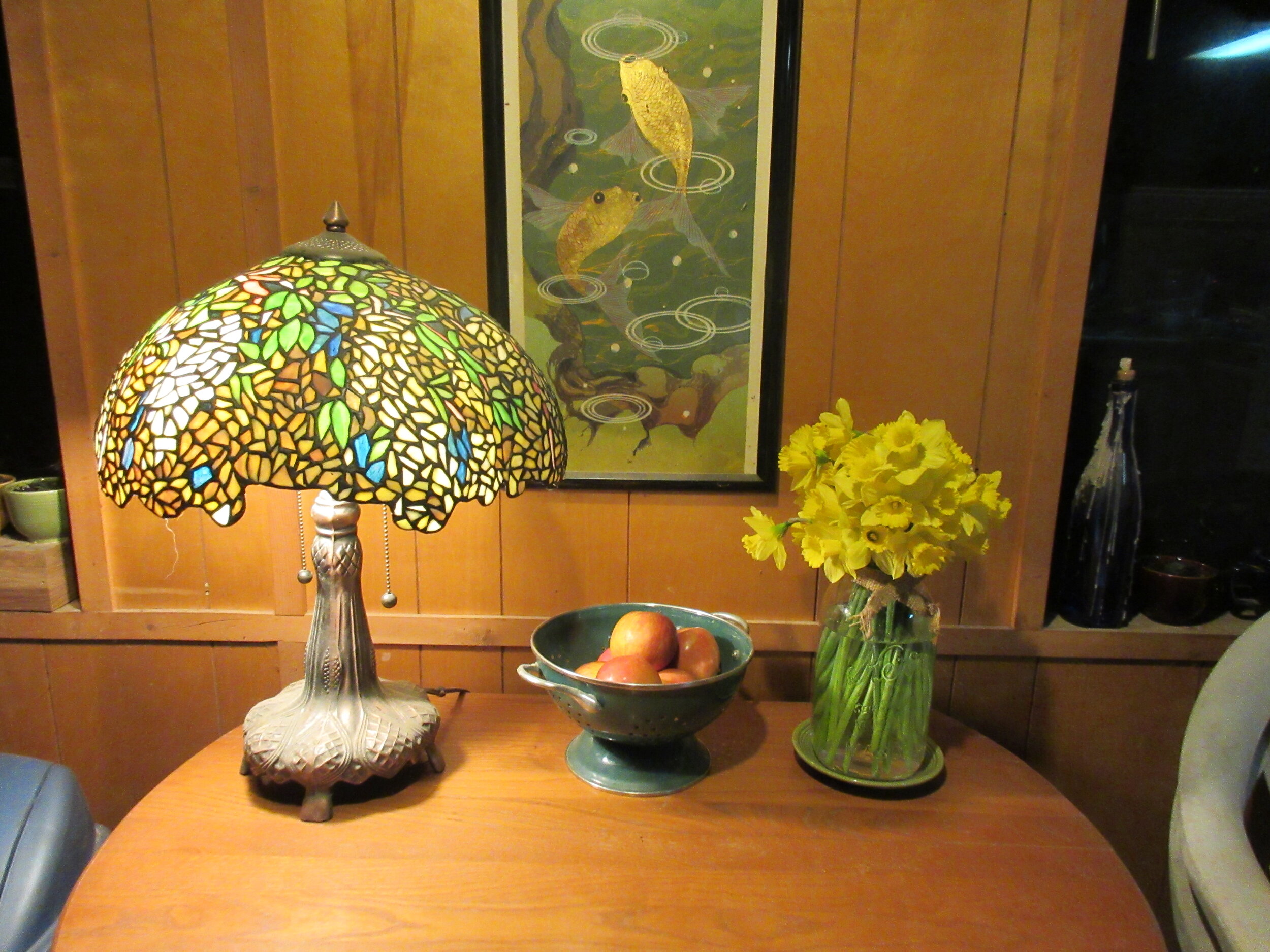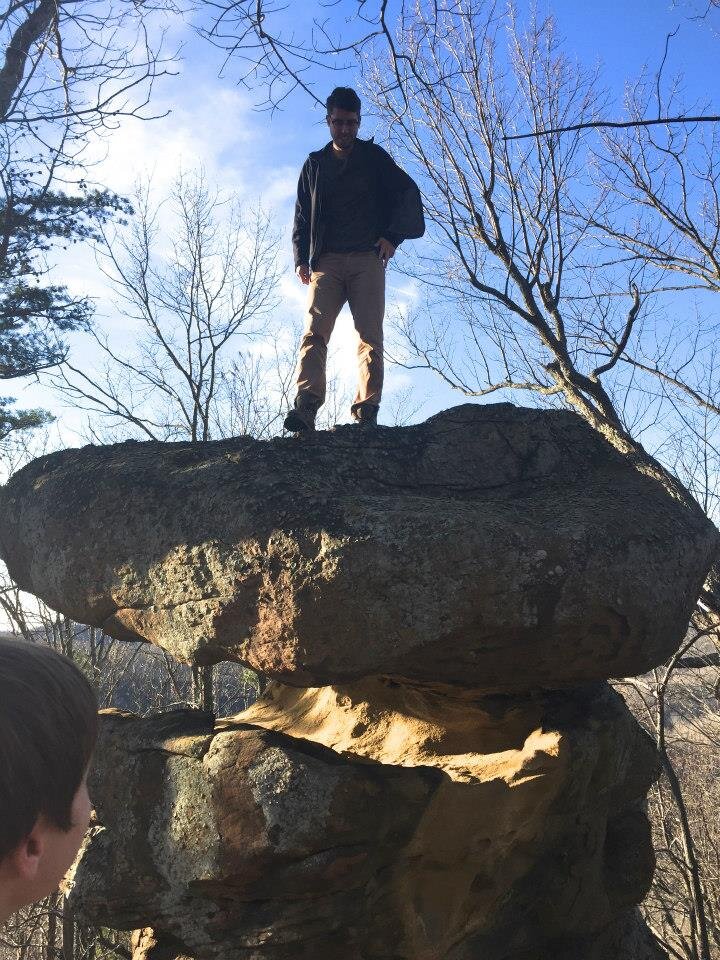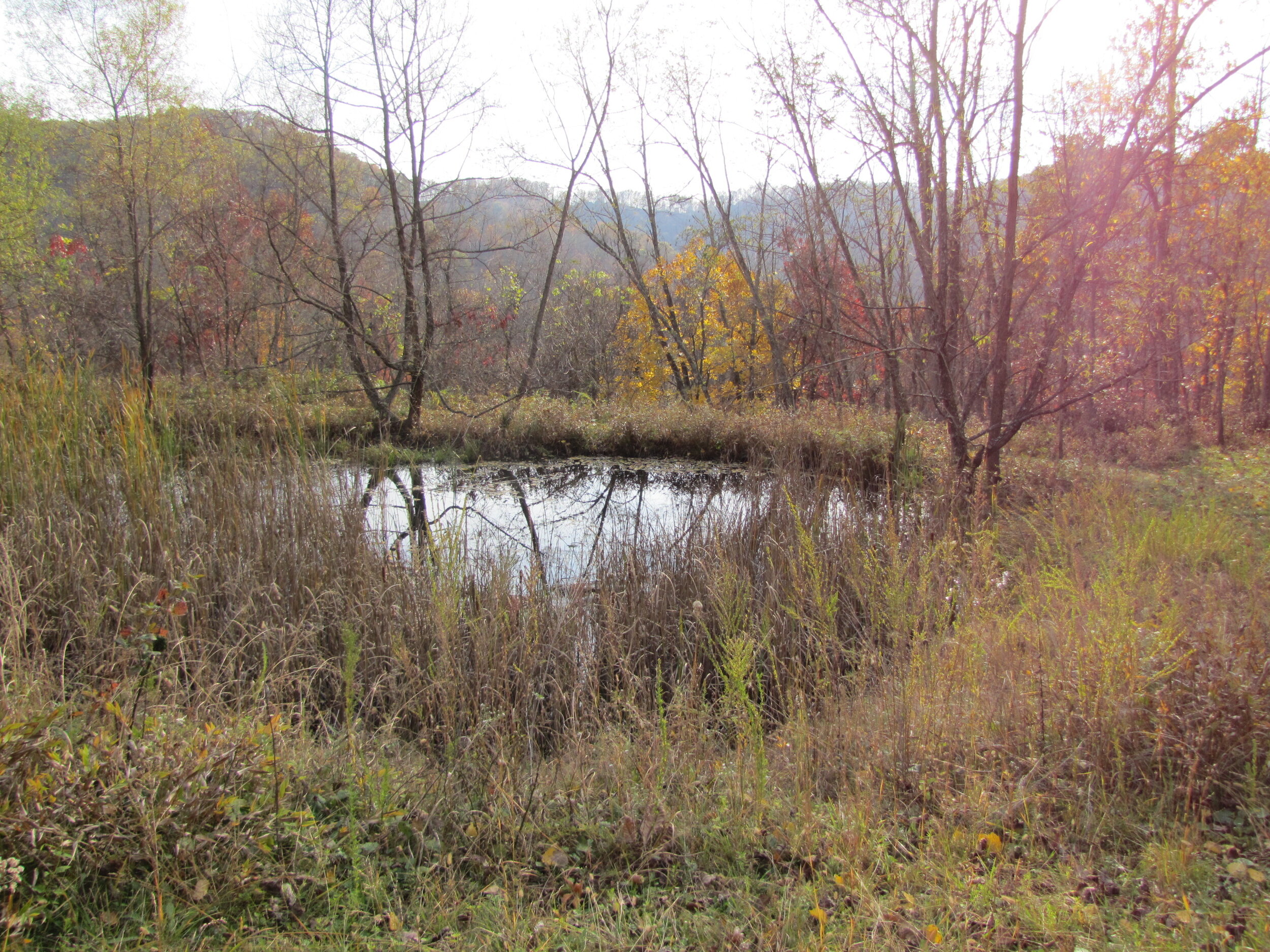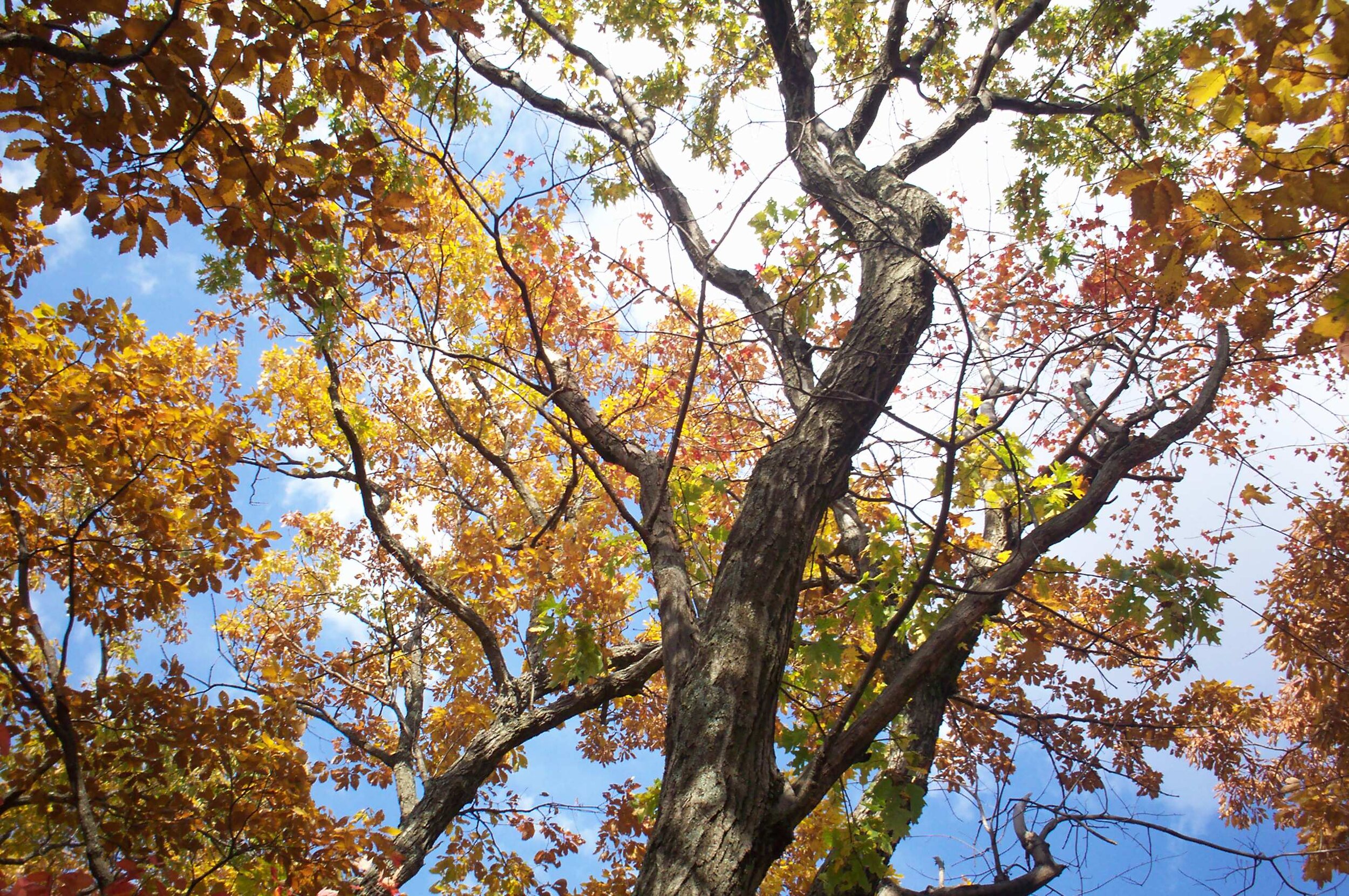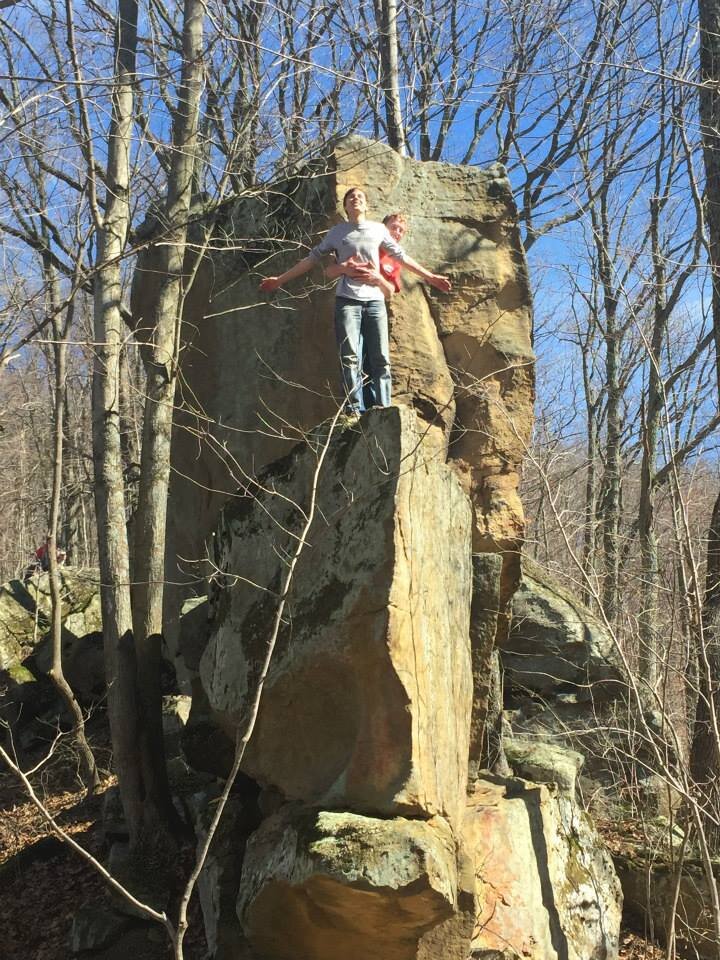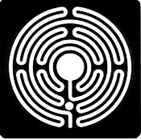“Even I
never
dreamed
of
Magic
like
this.”
sacred spaces around the farm
Stations of the Cross
Hike the 14 Stations of the Cross up to the ridge with the last being a cave for the tomb of Christ. For groups or individuals. Open year-round. Just contact us to let us know when you’ll be here.
Get Appalachian Stations of the Cross booklets in the Peace, Inc. store to use on the hike, at home or for prayer services.
Stations of Creation
Follow a walk through 8 stations meditating on the Creation Mandala: the birth of the Universe, Galaxies, Solar System, Earth, Life on Earth, the Web of Life, the Human Community, and the Age of Ecology.
The Labyrinth
Path to the Labyrinth in Fall
Labyrinth in Summer
Our 84′ diameter 11 circuit grass path Chartes labyrinth was completed in the summer of 2018 with the help of students from John Carroll University (Cleveland, OH) and the St. Lawrence-Holy Family Catholic Church Youth Group (Essex Junction, VT).
An Invitation
People of all faiths or none at all are welcome to walk our labyrinth any time from sun up to sun down. Please just give us a call to let us know you’ll be coming. 304-927-5798.
Feel free to sign our guest book.
Please do not speak to people who are walking; it is their sacred time & space on sacred ground.
Print off this finger labyrinth to trace a path to tranquility at your own convenience.
The History of the Labyrinth
The labyrinth is an ancient pattern used for meditation and a prayer; a form dating back over 4,000 years. It has been used on nearly every continent by nearly every major culture and religion. Like Stonehenge and the pyramids, the labyrinth is an ancient geometric form that helps us seek a reconnection with God.
The oldest existing Christian labyrinth is in the 4th century basilica of Reparatus in Algeria. Use of the labyrinths flourished in Europe throughout the 11th and 12th centuries and beyond, especially in French and Italian Cathedrals. The poor used them as a substitute for pilgrimages to the Holy Land. The labyrinth in the famous Chartes Cathedral was used during Easter rites when the congregation would go into-and-out-of the center together as a symbolic act of Christ’s death and resurrection.
Labyrinths are found in many shapes and sizes and can be built indoors or out, in temporary or permanent fashions usually with natural materials like sand, cornmeal, flour, stones. They can be painted on canvas, cut into turf and made from mounds of earth or vegetation.
What a Labyrinth does for us
The Labyrinth represents a journey to our own center and back again out into the world. It is a path for prayer and meditation that invites us into a sacred quiet place. It is a place where we can experience profound silence, abandon the busyness of life, take a precious “time out” – be refreshed. Walking it gives us the opportunity to rid ourselves of anger, it can soothe us, or open our minds to creative solutions to our life’s problems. It slows us down and enables us to connect mind, body and spirit. It is a place that offers us the opportunity to be present to the Holy One and to our inner selves. To walk the labyrinth is to make a pilgrimage to discover something about ourselves and God.
It is a right brain task. It involves intuition, creativity, and imagery. With a maze many choices must be made and an active mind is needed to solve the problem of finding the center. With a labyrinth there is only one choice to be made. The choice is to enter or not. A more passive, receptive mindset is needed.
The labyrinth is not magic, but it is full of mystery. It produces different results each time for everyone—or perhaps none at all.
How to walk the Labyrinth
There is no right or wrong way to experience a labyrinth. A person simply brings his or her personal thoughts, spiritual needs- maybe a specific problem, or an important life decision to be made. You can walk slowly – intentionally, dance, run, or skip through it with shoes on or off. You set your own pace and pattern for your journey.
It can be divided into four sections that can represent: North, South, East, West or Matthew, Mark, Luke, John, and also the four stages of the Liturgy – the Word, Offertory, Consecration and Communion. Walking the labyrinth may also model the classical three-fold spiritual path:
Purgation: Walking in, emptying, or letting go.
Illumination: Time in the center, clarity, insight.
Union: Walking out, initiative, integration, and action in the world.
Some ways to walk the labyrinth:
Collect yourself before you start. Sit and rest at one of the benches for a while. Get centered. Remember, there is only one path in and out. You will not get lost. Whatever you experience, it is your experience. Be aware of your thoughts, emotions, insights, connections while you walk. Relax and see what happens.
Gracious Attention: Let all thoughts go. Allow a sense of attention to flow through you.
Ask a Question: Focus on a question. Walk with a listening heart.
Use Repetition: Repeat a word, mantra, or phrase over and over.
Offer petitions: Bring to mind persons or issues for which you wish to pray.
Honor a Benchmark: A birthday, a life-style change, an anniversary. A memorial can be the focus of your walk.
Body Prayer: Move spontaneously as your body wishes. Dance the path. Move your arms and legs, bend and sway.





